
Projet overview
A web marketplace dedicated to the Spanish user. The platform allows you to select the most appropriate offer for a photovoltaic installation based on a range of information. Additionally, installers have access to a special panel where they can manage the leads and meetings they have obtained.
Details
ROLE
UI/UX Designer
DURATION
5 months
TOOLS
Figma, Google apps, HotJar,
Google Analytics, Jira
PLATFORM
WEB
TEAM
2 Designers, 5 Developers, Project Manager
Discover
CHALLANGE
How can we make it easier for people to choose the most trusted installer and the most tailored installation among the many available on the market?
KEY OBJECTIVES
- Research and observation of user behavior when searching for photovoltaic installations
- Customization of the PV plant selection process for a Spanish user
- Designing a coherent and positive user interface for the website and partner panel
SOLUTION
Gathering the necessary information on the perception of the topic of photovoltaic installations from people living in Spain.
Based on the analyzed data, the development of a very transparent sales process that gives value to users in the form of proposing trusted companies offering installation. The key is to give people a choice of 3 recommended offers depending on their financial preferences and needs.
Redesign of the partner panel that allows you to manage leads and meetings.

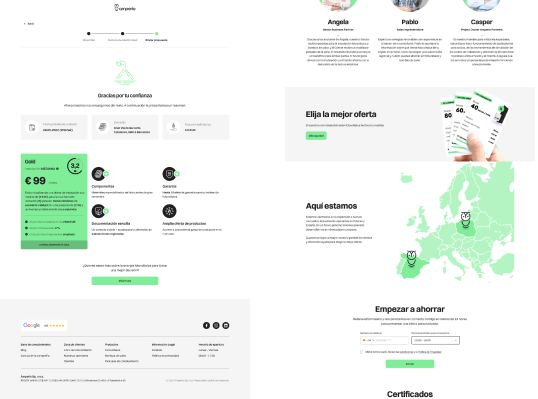
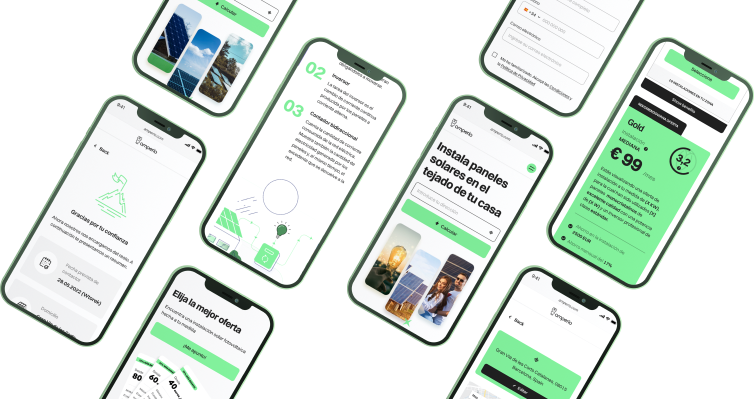
Research
USER INTERVIEW
A few in-depth interviews were conducted with the people that fit into the target group. As a result of the analysis of the collected information, a decision was made to focus the process on encouraging the user to present an electronic invoice for electricity, showing a large number of benefits and differences between various offers and changing the main color of the brand to green.
MARKETPLACE ANALYSIS
The Spanish market has several large websites with similar services to offer.

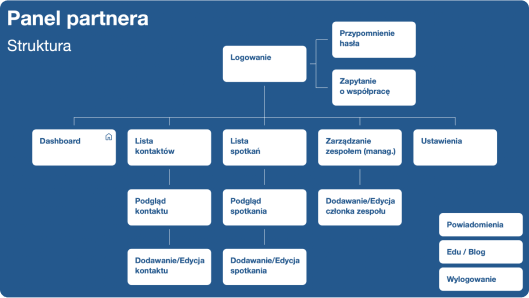
Concept
Redesigning the website in such a way that each type of user in the target group finds the most suitable offer. A simple process and consistent user interface contribute to a positive feeling, which translates into a low bounce rate. The more users who complete the process, the more installers willing to cooperate, which translates into a larger pool and more dedicated recommended offers for end users. Creating a simple flow panel in which partners can manage clients and meetings gives better chances for long-term cooperation.
Design
BRAND
By joining the project, the branding was ready, but as a result of the research conducted with Spanish users from the target group, a decision was made to change the color palette and typefaces available on the website and the partner’s panel.
DESIGN SYSTEM
The design system has been implemented in the project in order to make the entire website consistent. This is very important for project development.
WIREFRAMES
For the main process and key functionalities, interactive models were created that presented the flow of the process before the final design was designed. This allowed for the exclusion of major errors already at this stage, which resulted in saving time.
FINAL INTERFACE
Based on the data collected from users from the target group, the final design was redesigned in such a way as to inspire trust, but not directly associated with other websites offering a similar solution, due to the great reluctance of the Spaniards caused by the excess of companies seeking the user. It was also decided to implement a significant amount of interactive animations, due to the preferences of users.

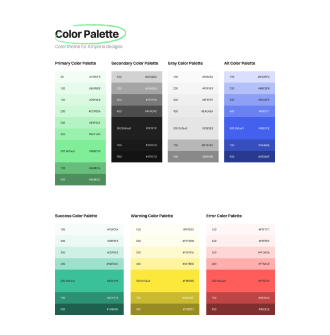
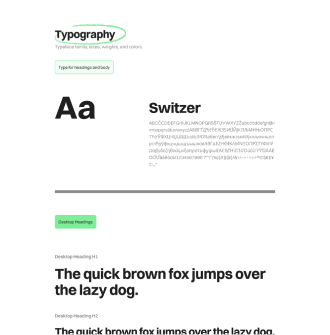
Ustability testing
After implementing key functionalities, tests with users and in-house were carried out. Additionally, quantitative research presented in HotJar tools was analyzed at each stage. Based on the results, business decisions were made and improvements were introduced to improve the quality of user experience.
Iterate
Due to the work in the Agile methodology, the delivery of ready-made pieces of the wrapping took place cyclically, which also translated into the speed of delivery of subsequent product functionalities in accordance with previously established priorities and roadmap. The development of a loop that allowed for catching errors at the design stage was crucial to save time for implementing suboptimal solutions.